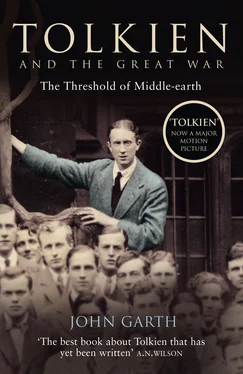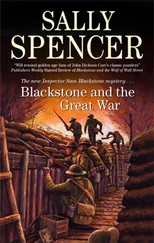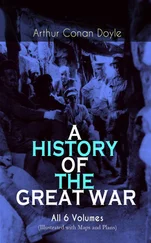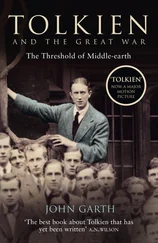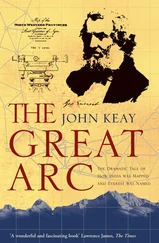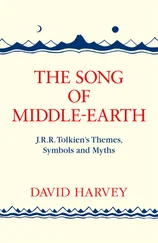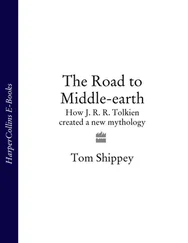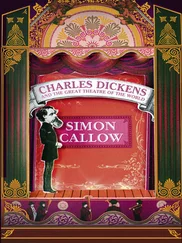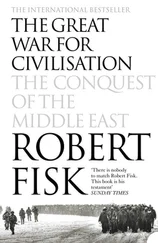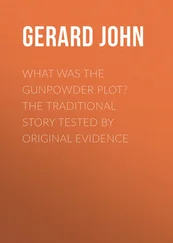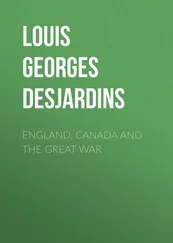PART ONE The immortal four
It is December 16th, nearly the dead of winter. Chill gusts buffet the flanks and faces of the attackers struggling to advance across a bare hundred yards or so of mud. They are a ramshackle group, some of them mere novices. The minute these young men muster a concerted effort, a few veterans press forward with all their energy and skill. But most of the time there is chaos. Again and again their opponents shrug off the assault and land a fearsome counterblow, so that all the guile, fortitude, and experience of the veterans can barely hold back the assault. Their captain, J. R. R. Tolkien, tries to bring his own experience to bear; but those around him are, in the words of an eyewitness, ‘a beaten pack’.
The year is 1913: the Great War is eight months away, and this is just a game. Not yet soldiers, Tolkien and his team-mates are Oxbridge undergraduates back in Birmingham for Christmas, and today, in accordance with annual tradition, they are playing rugby against their old school’s First XV.
Just shy of twenty-two, Tolkien is nothing like the professorial figure now familiar from the covers of biographies, all tweed, kindly wrinkles, and ubiquitous pipe. John Ronald (as his old friends call him) cuts a lean, slight figure on the rugby pitch, but in his days as a forward in the King Edward’s School First XV he earned a reputation for dash and determination, and now he plays for Exeter College, Oxford.
His mind is a storehouse of images: memories of terrified flight from a venomous spider, of an ogreish miller, of a green valley riven in the mountains, and visions of dragons, of a nightmare wave towering above green fields, and perhaps already of a land of bliss over the sea. The storehouse is not yet a workshop, however, and he is not yet the maker of Middle-earth. But after a mediocre effort in his Classics exams this year he has taken a serendipitous stride towards it. He has said goodbye to Latin and Greek and is now tackling Chaucer and Beowulf , scrutinizing the origins and development of the English language. It is the affirmation of an early love for the Northern languages and literatures that will always fire his imagination. The first glimpse of Middle-earth is fast approaching. Far off in the unimagined future a cock crows in the courtyards of a city under siege, and horns answer wildly in the hills.
On the rugby pitch today, however, Tolkien is not at his best. He was meant to open an Old Boys’ debate at the school yesterday with the proposition that the world is becoming over-civilized, but he was taken suddenly ill and had to back out.
His other former First XV team-mates on the field have largely given up rugby since leaving school. Christopher Wiseman, tall, leonine, and barrel-chested, used to share the scrum with Tolkien, but at Peterhouse, Cambridge, he has had to stop playing rugby and rowing because of an old heart problem. Today, he is relegated to the less aggressive three-quarter line, near the back of the field and next to another veteran, Sidney Barrowclough. There are others here who were never good enough to play in the First XV against other schools, but all King Edward’s boys played a lot of rugby. For internal sports, the school was split into four groups, or ‘houses’; and most of those in Tolkien’s team on this December day once also belonged to his house. In truth, however, his team’s esprit de corps comes not from the rugby pitch, but from the old school library.
Tolkien met Christopher Wiseman in 1905. Wiseman, at twelve, was already a talented amateur musician; one of his compositions from about this time ended up in the Methodist Hymn-Book. His father, the Reverend Frederick Luke Wiseman, who headed the Wesleyan Methodists’ Birmingham Central Mission, had raised him on Handel and his mother Elsie had nurtured in him a love of Brahms and Schumann; his particular delight was in German chorales. But rugby was the start of his friendship with Tolkien. Both played in the red strip of Measures’ house (named after the schoolmaster who ran it), and partook in its bitter rivalry with the boys in green from Richards’. Later, they took their place in the scrum in the school’s First XV. But they experienced a meeting of minds. Wiseman, a year younger than Tolkien, was his intellectual equal and chased him up the academic ladder at King Edward’s. Both lived in the Birmingham suburb of Edgbaston: Christopher in Greenfield Crescent and John Ronald latterly a street away in Highfield Road. They would walk along Broad Street and Harborne Road between home and school immersed in passionate debate: Wiseman was a Liberal in politics, a Wesleyan Methodist by religion, and a musician by taste, while Tolkien was naturally conservative, a Roman Catholic, and (thought Wiseman) tone-deaf. Theirs was an unlikely partnership, but all the richer for it. They discovered that they could argue with an incandescence few friendships could survive, and their disputes only served to seal the intensely strong bond between them. In recognition of this, they called themselves privately the Great Twin Brethren. Even their closest friend on and off the rugby pitch, Vincent Trought, did not share this bond.
When Tolkien’s final term at King Edward’s arrived he briefly became Librarian. To help him run his little empire he recruited Wiseman, who insisted that Trought must join him as fellow sub-librarian. Tolkien’s place at Oxford was by this time assured and he could relax. Soon the library office became unsuitably lively; but the coterie that gathered there could afford to test the Headmaster’s patience because his son, Robert Quilter Gilson, was also in the thick of things.
All of Tolkien’s friends were capable of intellectual seriousness. They dominated every school debate and play, and they formed the backbone of the Literary Society, to which Tolkien read from the Norse Sagas, Wiseman expounded on historiography, Gilson enthused about the art critic John Ruskin, and Trought delivered a remarkable paper remembered as ‘almost the last word’ on the Romantics. By dint of their enthusiasm, this artistic little clique wrested school life from the hands of boys who would otherwise have controlled it. In the polarized world of school politics, it was effectively a triumph for Measures’ house over Richards’ house, the red against the green; but to Tolkien and his friends it constituted a moral victory against cynics who, as Wiseman put it, sneered at everything and lost their temper about nothing.
Much of the time the chief goal of the librarians was much less high-minded, however, and they sought only to incapacitate each other with laughter. In the summer of 1911, the hottest in four decades, Britain boiled in a stew of industrial unrest and (in the words of one historian) ‘the sweltering town populations were psychologically not normal’. The library cubby-hole became a hotbed of cultural stratagems, surreal wit, and tomfoolery. While the dead hand of exams laid hold of much of the rest of the school, the librarians brewed clandestine teas on a spirit-stove and established a practice whereby each had to bring in titbits for secretive feasts. Soon the ‘Tea Club’ was also meeting outside school hours in the tea-room at Barrow’s Stores, giving rise to an alternate name, the Barrovian Society.
In December 1913, though Tolkien has been at Oxford for over two years, he remains a member of the Tea Club and Barrovian Society, or ‘the TCBS’ as it is now known. The clique still meets for ‘Barrovians’ and is still largely devoted to drollery. Its membership has always fluctuated, but Christopher Wiseman and Rob Gilson remain at its heart, along with a more recent initiate, Geoffrey Bache Smith. On the rugby pitch today, the TCBS is represented by all four, as well as by Wiseman’s fellow three-quarter-back, Sidney Barrowclough. But Tolkien is missing an excellent full-back in Vincent Trought. The TCBS’s first loss, he died nearly two years ago after a long illness.
Читать дальше
